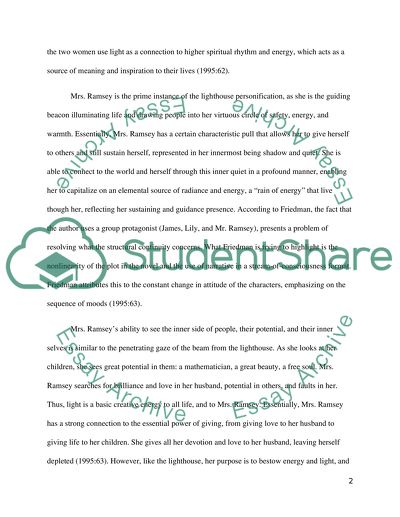Cite this document
(“Symbolism in To the Lighthouse Essay Example | Topics and Well Written Essays - 1000 words”, n.d.)
Retrieved from https://studentshare.org/literature/1444992-summary-of-the-critical-essay-to-the-lighthouse
Retrieved from https://studentshare.org/literature/1444992-summary-of-the-critical-essay-to-the-lighthouse
(Symbolism in To the Lighthouse Essay Example | Topics and Well Written Essays - 1000 Words)
https://studentshare.org/literature/1444992-summary-of-the-critical-essay-to-the-lighthouse.
https://studentshare.org/literature/1444992-summary-of-the-critical-essay-to-the-lighthouse.
“Symbolism in To the Lighthouse Essay Example | Topics and Well Written Essays - 1000 Words”, n.d. https://studentshare.org/literature/1444992-summary-of-the-critical-essay-to-the-lighthouse.


